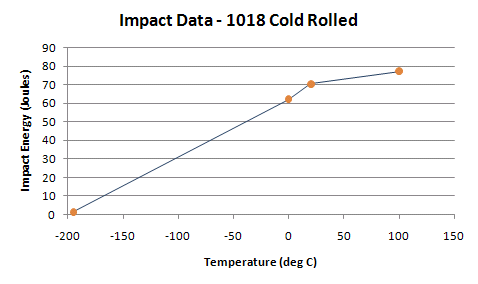
Step 2: Find each score’s deviation from the mean To find the mean, add up all the scores, then divide them by the number of scores. We’ll use a small data set of 6 scores to walk through the steps. There are six main steps for finding the standard deviation by hand. But you can also calculate it by hand to better understand how the formula works.
#Show value as standard deviation in excel graph software
The standard deviation is usually calculated automatically by whichever software you use for your statistical analysis. Steps for calculating the standard deviation While this is not an unbiased estimate, it is a less biased estimate of standard deviation: it is better to overestimate rather than underestimate variability in samples. Reducing the sample n to n – 1 makes the standard deviation artificially large, giving you a conservative estimate of variability. The sample standard deviation would tend to be lower than the real standard deviation of the population.

With samples, we use n – 1 in the formula because using n would give us a biased estimate that consistently underestimates variability. The sample standard deviation formula looks like this: Formula When you collect data from a sample, the sample standard deviation is used to make estimates or inferences about the population standard deviation.

The population standard deviation formula looks like this: Formula When you have collected data from every member of the population that you’re interested in, you can get an exact value for population standard deviation. Standard deviation formulas for populations and samplesĭifferent formulas are used for calculating standard deviations depending on whether you have data from a whole population or a sample. The empirical rule is a quick way to get an overview of your data and check for any outliers or extreme values that don’t follow this pattern.įor non-normal distributions, the standard deviation is a less reliable measure of variability and should be used in combination with other measures like the range or interquartile range. Around 99.7% of scores are between 20 and 80.Around 95% of scores are between 30 and 70.Around 68% of scores are between 40 and 60.The data follows a normal distribution with a mean score of 50 and a standard deviation of 10. Around 99.7% of scores are within 3 standard deviations of the mean.Įxample: Standard deviation in a normal distributionYou administer a memory recall test to a group of students.Around 95% of scores are within 2 standard deviations of the mean,.




 0 kommentar(er)
0 kommentar(er)
